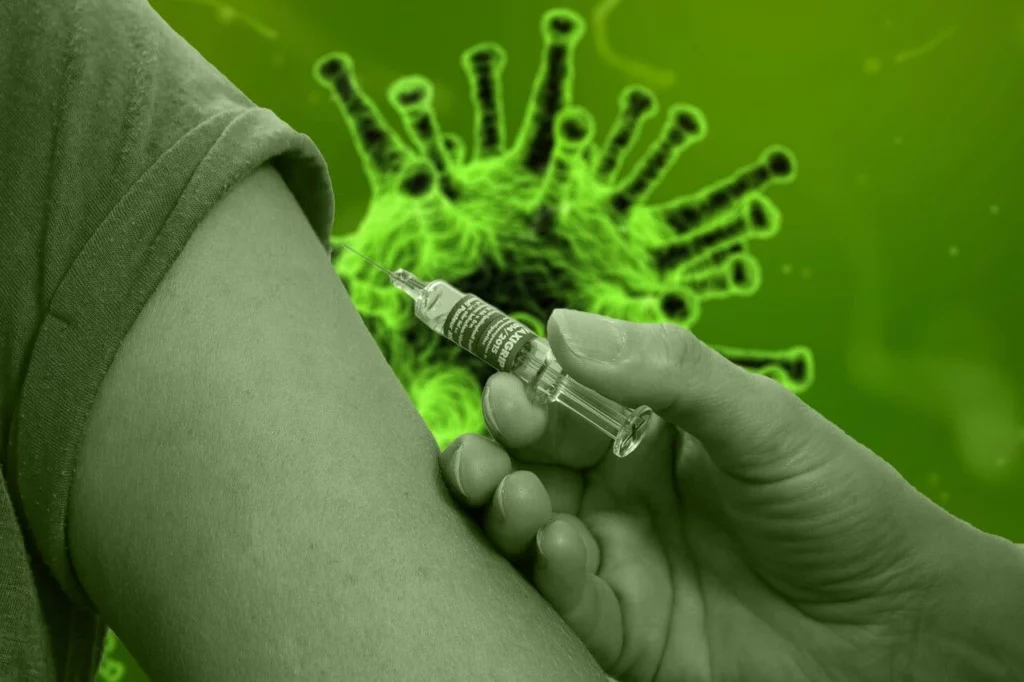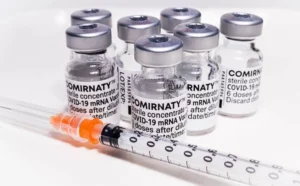Horizon Europe Vaccines 2.0 – developing the next generation of vaccines
First stage deadline : 01 February 2022
The MIC is a French SME specializing in microfluidic instrumentation and flow control. We would be glad to collaborate with you to help you produce lipid nanoparticles or to design organ-on-chip in vitro models for the development of new vaccines 2.0, and to share our expertise in Horizon Europe projects writing and management. Feel free to contact us to start new projects together!

Why should you use microfluidics for vaccine production and development?

- Produce monodispersed liposomes for mRNA vaccine production
- Organ-on-chip platforms to recreate a human organ model and test new vaccines
- Provide a robust solution for the perfusion of your organ-on-chip device and the injection of complex sequences of media and drugs
- Help you to develop an automated tool that will simplify the access of biologists and pharmacists to microfluidics technology
What can microfluidics do for the development of vaccines?
Microfluidics is of great help to produce liposomes automatically and with great monodispersity in order to encapsulate active compounds like mRNA’s as well as to evaluate the toxicity of chemicals on human health and ecosystems using organ-on-chip systems which will allow you to meet the objectives of the call “Vaccines 2.0” in an innovative manner:
- Development of new vaccines using lipid liposomes
⇒ For exemple, Moderna’s mRNA-1273 and BioNTech/Pfizer’s BNT162b2 vaccines use liposomes as vehicles for mRNA delivery into cells to induce COVID-neutralizing antibodies production. At Elvesys, our focus is to make this technology truly accessible for biologists and pharmacists, by providing a user-friendly platform specifically designed for vaccine applications.
- Test vaccines on organ-on-chips
⇒ Animal tests are more and more limited by European regulations. The cell-culture-on-chip allows to reproduce very precisely the cell microenvironment, in terms of chemicals in contact with cells, but also regarding the physical parameters (temperature, shear stress imposed on cells, etc…). They are thus much more relevant human models than conventional cells culture and are excellent candidates to replace animal testing.
What we can do for the “Vaccines 2.0” call, as an SME partner:
For this Horizon Europe call about vaccine development, we can use our expertise in microfluidic instrumentation and flow management to help you develop an automated and user-friendly lipid nanoparticle synthesis or organ-on-chip platform for your project.
Specifically, the MIC can:
- Develop innovative instruments suited to your application
- Propose a user-friendly organ-on-chip platform to recreate body barriers and assess the toxicity of chemicals on human health
- Provide a robust solution for the perfusion of your microfluidic device and optimize/automatize the fluid handling inside your system
The MIC already brought its microfluidics expertise into many research projects:
H2020-NMBP-TR-IND-2020

Microfluidic platform to study the interaction of cancer cells with lymphatic tissue
H2020-LC-GD-2020-3

Toxicology assessment of pharmaceutical products on a placenta-on-chip model
